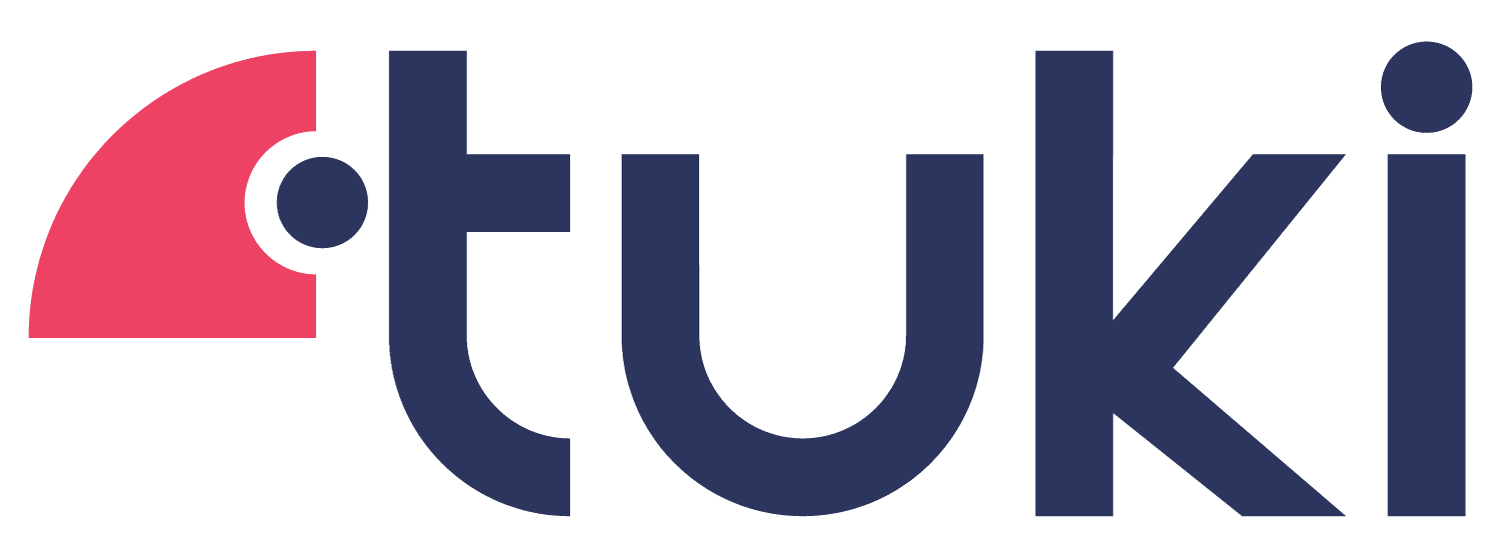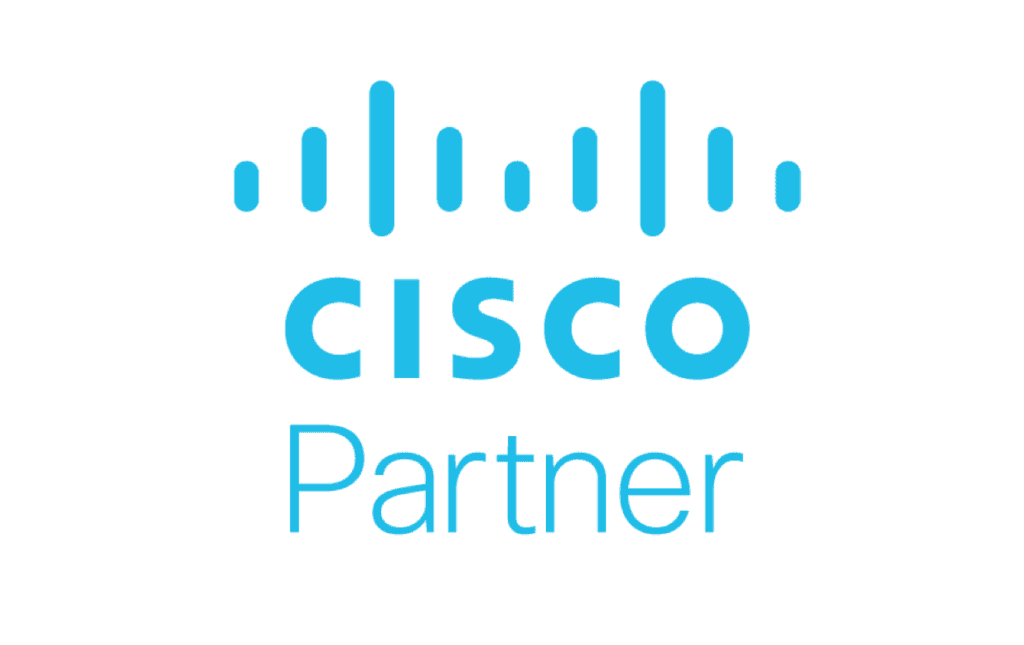When unified communications (UC) systems are mismanaged, the consequences go far beyond technical glitches. Learn how neglecting UC management affects productivity, revenue, and user satisfaction – and what you can do to fix it. Discover how automation and centralized control can transform your UC strategy.
What Happens When UC Management Is Neglected
Unified Communications platforms are the backbone of modern business operations. They connect teams, power customer interactions, and enable flexible work. But when UC management is treated as an afterthought, it quickly becomes a bottleneck rather than an asset.
Symptoms of poor UC management often start small: slow user onboarding, inconsistent device setups, or minor call quality issues. But over time, they snowball into system-wide inefficiencies. Without a centralized UC management system, IT teams are forced to manually track users, settings, licenses, and service requests – often across disparate platforms.
Common challenges include:
- Manual provisioning delays
- Lack of visibility into service status or usage
- Configuration errors from outdated scripts or spreadsheets
- Security vulnerabilities due to improper deprovisioning
- Difficulty scaling services across locations or user groups
These pain points don’t just affect IT. They hinder end users, delay business processes, and increase the risk of compliance violations.
The Cost of Downtime, Errors, and User Frustration
The ripple effects of poor UC management touch every part of the business. Here are the most critical consequences:
1. Lost Productivity
Slow onboarding means new employees wait hours or days to become fully operational. Manual provisioning mistakes result in missing features or broken call flows, forcing IT into fire-drill mode.
2. Higher Operational Costs
When IT spends time manually provisioning users or chasing down errors, it diverts focus from higher-value initiatives. Routine UC tasks become a time sink and resource drain.
3. Security and Compliance Risks
Failure to deprovision users or standardize permission levels increases the risk of unauthorized access. This opens companies to GDPR, HIPAA, or SOC 2 violations.
4. User Frustration and Support Overload
Inconsistent user experiences and provisioning errors lead to confusion and support tickets. This erodes user confidence in IT and the UC platform.
5. Inability to Scale
Without automation or standard processes, provisioning new sites or responding to organizational changes becomes a logistical challenge.
The business case is clear: reactive UC management is not just a technical issue – it’s a strategic liability.
How Tuki Fixes the Gaps in UC Operations
Tuki was built to eliminate the friction, errors, and delays caused by outdated UC management systems. It delivers a modern UC automation management platform that combines provisioning, visibility, and scalability in one intuitive solution.
Here’s how Tuki solves the most critical UC pain points:
Automated Provisioning
Tuki replaces manual user setup with policy-driven workflows that ensure consistency and eliminate errors. Whether onboarding one user or a hundred, the process is fast and reliable.
Centralized Control
Manage all UC environments – on-premises CUCM, Webex Calling, and hybrid setups – from a single dashboard. Gain real-time insights into configurations, usage, and performance.
Compliance-Ready Auditing
Tuki logs every change and supports role-based access control, ensuring secure operations and easy compliance reporting.
Self-Service for Admins and Teams
Enable departments to request changes or manage users through pre-approved templates, reducing support tickets and speeding up operations.
Fast Time-to-Value
Tuki’s short learning curve and no-code interface allow teams to start seeing impact quickly, without the need for complex implementation or engineering support.
Scalable Across Sites and Regions
Support global deployments, hybrid migrations, and enterprise-scale provisioning without slowing down.
The result: streamlined UC operations that drive productivity, reduce risk, and improve IT satisfaction.
FAQ
What are the symptoms of poor UC management?
Symptoms include slow onboarding, inconsistent user experiences, high support ticket volume, and frequent configuration errors. These often signal a lack of automation and centralized oversight.
How do you measure UC efficiency?
Efficiency can be measured by user provisioning speed, reduction in errors, system uptime, support ticket volume, and time spent on routine UC tasks. Modern UC management platforms provide dashboards for real-time tracking.
How do modern platforms improve visibility?
Platforms like Tuki provide real-time synchronization with UC systems, centralized control panels, and detailed audit logs. This helps IT teams understand usage trends, detect issues early, and maintain compliance with minimal effort.











